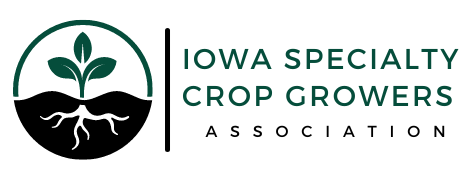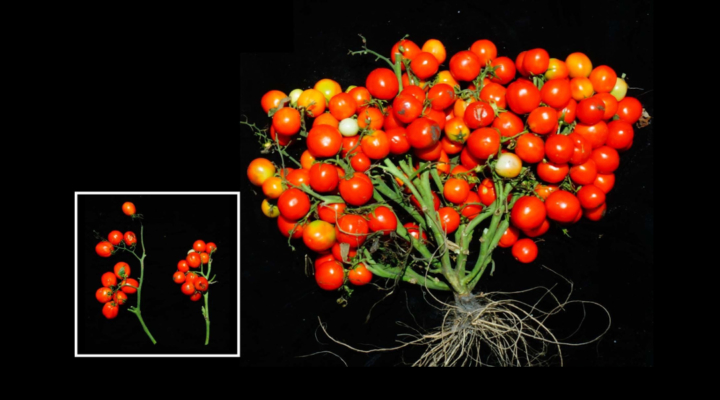Richard Jauron
Extension Horticulturist
515-294-3108
rjauron@iastate.edu
Winter squash can be enjoyed for months when the fruit are properly harvested, cured and stored. Horticulture experts with Iowa State University Extension and Outreach provide answers to frequent questions on all aspects of horticulture, including questions on winter crops.
When should I harvest winter squash?
Harvest winter squash when the fruit are fully mature. Mature winter squash have very hard skins that are difficult to puncture with the thumbnail. There is a perceptible color change when some winter squash are mature. For example, butternut squash should be harvested when the fruit are uniformly tan in color. Harvest green acorn squash cultivars when the spot facing the ground changes from yellow to orange. Harvest spaghetti squash when the fruit color changes from ivory white to golden yellow.
When harvesting winter squash, handle the fruit carefully to avoid cuts and bruises. These injuries provide entrances for various rot-producing organisms. Cut off the fruit with pruning shears. Leave a one-inch stem on each fruit.
How do I cure winter squash?
After harvesting, cure winter squash (except for the acorn types) at a temperature of 80 to 85 degrees Fahrenheit and a relative humidity of 80 to 85 percent. Curing helps to harden the squash skins and heal any cuts and scratches. Do not cure acorn squash. The high temperature and relative humidity during the curing process actually reduce the quality and storage life of acorn squash.
What is the proper way to store winter squash?
After curing, store winter squash in a cool, dry, well-ventilated location. Storage temperatures should be 50 to 55 F. Do not store winter squash near apples, pears or other ripening fruit. Ripening fruit produce ethylene gas, which shortens the storage life of winter squash.
When properly cured and stored, the storage lives of acorn, butternut and hubbard squash are approximately five to eight weeks, two to three months and five to six months, respectively.
For more information, horticulture specialist Richard Jauron can be reached at rjauron@iastate.edu or 515-294-1871.

